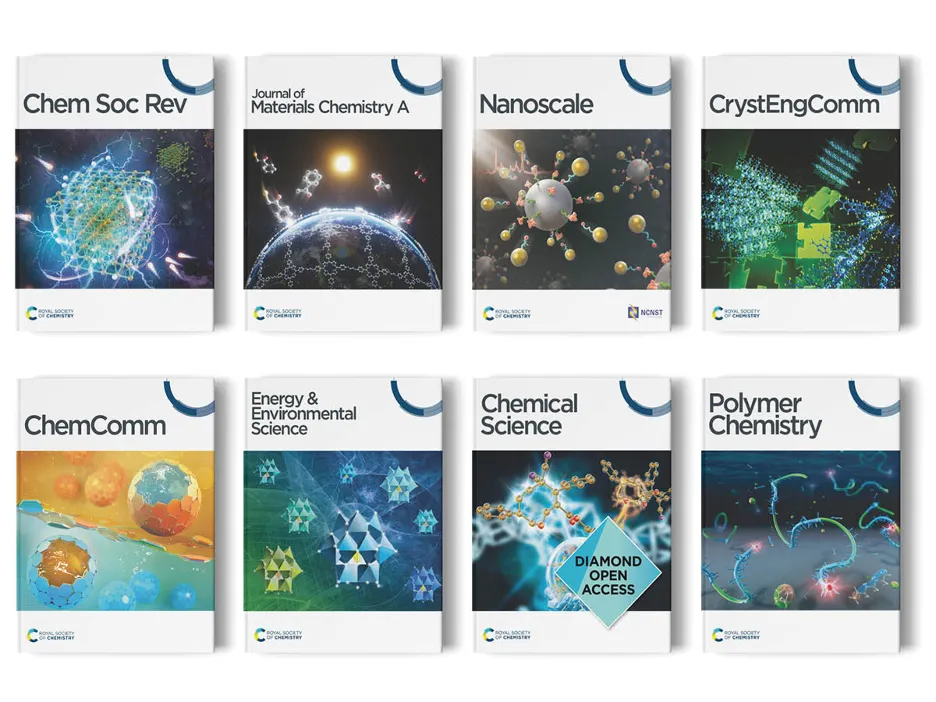Advances in nanomaterials for sensors in early disease diagnosis

Submissions now open
| Deadline: | 30 June 2025 |
|---|---|
| Guest Editors: |
Suman Singh, CSIR-Central Scientific Instruments Organisation Anitha Devadoss , Heriot-Watt University Murugan Veerapandian, CSIR-Central Electrochemical Research Institute |
|
Bionanosensors are revolutionizing early disease diagnosis by leveraging the unique properties of nanomaterials for ultra-sensitive detection of biomarkers. Their high surface area-to-volume ratio enables the identification of diseases at nascent stages, often before clinical symptoms appear. These sensors are integral in developing wearable technology for continuous health monitoring and point-of-care devices that simplify testing outside traditional lab settings. Additionally, they can analyze multiple biomarkers simultaneously, enhancing diagnostic accuracy for complex diseases like cancer and cardiovascular disorders. However, challenges such as biocompatibility, scalability, and data security remain. Despite these hurdles, ongoing advancements in integrating bionanosensors with microfluidics, molecular imaging, and AI promise a future where disease diagnosis is more immediate, personalized, and precise. As research progresses, these technologies will likely become central to healthcare, improving early intervention and treatment outcomes. Nanomaterials play a pivotal role in the development of bionanosensors by enhancing their sensitivity, specificity, and versatility. Their unique properties, such as high surface area and reactivity, enable the precise detection of minute quantities of biological markers, crucial for early disease diagnosis. These materials facilitate the integration of sensors into wearable technologies and point-of-care devices, making continuous monitoring and rapid diagnostics accessible and efficient. As research progresses, the continuous improvement and innovation in nanomaterials are expected to further advance the capabilities and applications of bionanosensors in healthcare. This special issue aims to showcase the latest advancements in nanomaterials and their applications in sensors specifically tailored for early disease diagnosis. The rapid evolution in nanotechnology has paved the way for innovative sensor designs that enhance sensitivity, specificity, and patient compliance. The integration of these advancements with cutting-edge machine learning tools and theoretical models promises to revolutionize the landscape of healthcare diagnostics. This special issue will focus on the development, integration, and application of nanomaterials in the field of sensor technology, with a primary emphasis on early disease detection. It will include original research articles, reviews, and perspective pieces that discuss recent advancements, theoretical approaches, practical challenges, and future directions in this dynamic field. The special issue will cover a wide range of topics, including but not limited to:
You are welcome to submit articles on the abovementioned themes. Sensors & Diagnostics publishes high-quality innovative research in the field of sensors as well as diagnostics, molecular imaging and molecular therapeutics. If you would like to contribute to this themed issue, you can submit your article directly at rsc.li/sensors and inform the editorial office by emailing our team. Please mention that this submission is a contribution to ‘Advances in Nanomaterials for Sensors in Early Disease Diagnosis’, in the ‘Themed issues’ section of the submission form and add a ‘Note to the Editor’ that this is from the Open Call. The Editorial Office reserves the right to check suitability of submissions in relation to the scope of the collection and inclusion of accepted articles in the collection is not guaranteed. Please note that all submissions are subject to the journal’s normal peer review processes, with an initial assessment to confirm the manuscript's suitability for full peer review. If you have any questions about the journal or the collection, please email us. We would be happy to answer them. |
|
Sensors & Diagnostics
Impact factor
4.1 (2024)
First decision time (all)
15 days
First decision time (peer)
33 days
Editor-in-chief
Xueji Zhang
Open access
Gold
Related pages

Publish with us
Get your work the international recognition that it deserves.

Our journals
We publish over 50 world-leading journals that span the core chemical sciences and related fields.

Sign up for journal email alerts
Get table of contents alerts and notifications about calls for papers, themed issues and more.